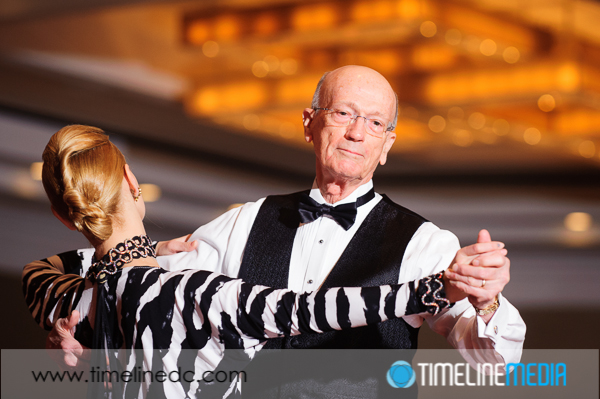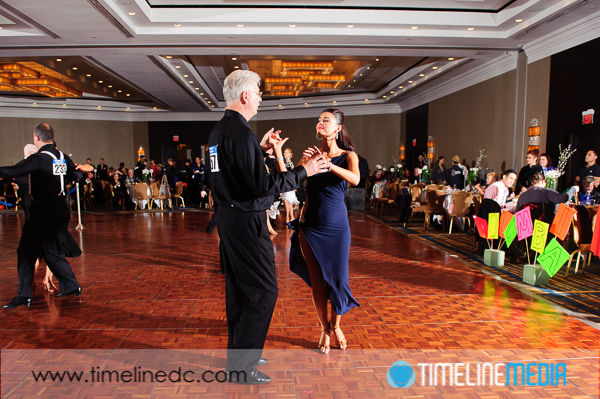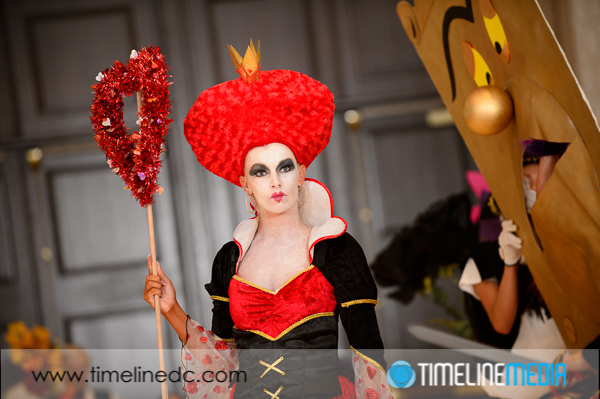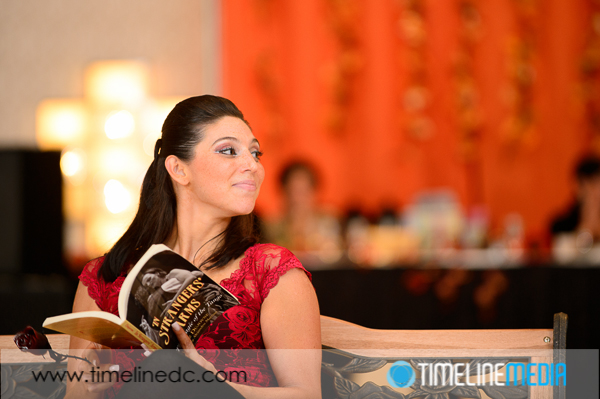
Tysons, Virginia
A few posts ago, I posted about depth of field in photography, and how you can use it to make more compelling images. When the aperture of the lens is opened, things in the frame that are not under the focus point will blur. Additionally have blurred background will not be distracting to the viewer. This pops the subject out from the frame and in particular gives a pleasing out-of-focus background for the main subject. Compression is another aspect relating to depth of field. Especially in the Spring Freestyles shoot I noticed that you can put to creative use in your photography.
If you want to experiment with your camera, set your F-stop to the lowest number available on your lens. In this case, this is printed right on your lens. For “kit” lenses that have variable apertures, it will say 1:3.5 – 5.6. On more expensive lenses it will only have one number like 1:2.8 or 1:1.4. The numbers 3.5, 2.8, or 1.4 designate what the largest aperture setting is possible with that lens. On variable aperture lenses, the largest aperture will vary depending on focal length. To put it another way, how far you have zoomed your lens will change the maximum aperture. At the wide, or lower end of the 1:3.5-5.6 lens the maximum aperture is f/3.5, zoomed all the way out, the maximum aperture is f/5.6. This is one of the specifications that makes professional lenses so much more expensive!
Compression
In looking through the Spring Freestyles photos, I saw compression, and small depth of field really changed a bank of lights in the ceiling of the ballroom. Take a look at these two photos, and notice the very yellow bank of square lights in the background:
They are small, high in the frame, not really adding much to the background. This was taken at wide length (24mm) taking in the dancer’s full bodies, and much of the surrounding audience. Compare that to the image below:
These were taken from the same shooting position, but I was crouched to the ground, and zoomed the lens to 150mm. This brings the bank lights much closer to the subject, and larger in the frame. With the large aperture of f/4, the lights, even though they take a larger part of the image, are blurred to not be distracting. The longer focal length and shooting higher in the room also takes away the surrounding audience and other elements making this a nice portrait right on the dance floor.
Get out and try this next time you are shooting. Whether indoors or out, this concept works. You can bring mountains, a full moon, or (gasp!) cherry blossoms closer or farther from your subject depending on how your want to compose your image. Let me know if you have any other good examples from your work. Good luck!
TimeLine Media – www.timelinedc.com
703-864-8208





